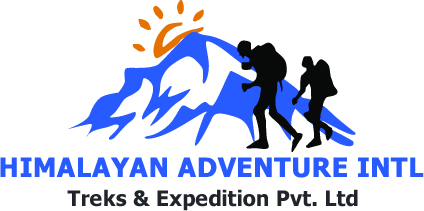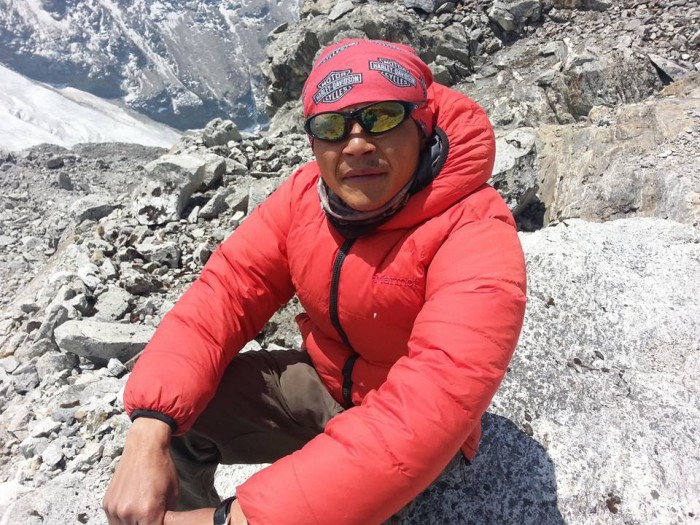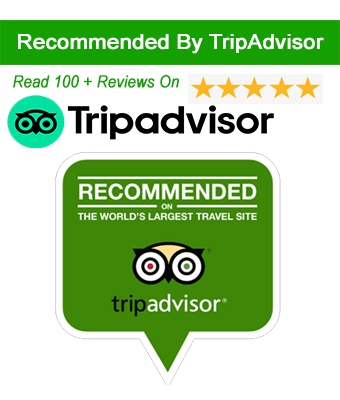Sikles Kapuche Lake Trek: Discover the Hidden Gem of Nepal with Himalayan Adventure Intl Treks
The Sikles Kapuche Lake Trek is a newly discovered trekking route in Nepal that promises a unique and pristine natural experience. This trek takes you through beautiful mountain villages, lush forests, and high alpine meadows nestled below the majestic peaks of Lamjung Himal, Annapurna II (7937m), and Annapurna IV (7525m). The highlight of this trek is the stunning Kapuche Glacier Lake, the lowest-altitude glacier lake in Nepal, located at just 2,546 meters above sea level.
Journey to Sikles Village
Located 37.6 km from Pokhara, Sikles Village serves as the gateway to the Kapuche Lake trek. As you embark on this journey, you will traverse lush rhododendron forests, picturesque terraced fields, and scenic landscapes. The trek also offers opportunities to observe diverse bird species, waterfalls, wild honey bees, and various pet and wild animals. Unlike other crowded trails in Nepal, this emerging trekking route offers a tranquil experience.
Kapuche Glacier Lake: A Unique Attraction
Kapuche Glacier Lake, situated at 2,546 meters, is an idyllic and unique destination. Unlike other glacier lakes in Nepal, which are typically above 4,000 meters, Kapuche offers an accessible yet awe-inspiring glacial experience. The lake is known for its crystal-clear waters and the possibility of witnessing small avalanches from Annapurna II and Lamjung Himal, making it a truly mesmerizing sight.
Cultural Immersion in Sikles Village
Sikles Village, located at 1,980 meters, is one of the earliest and largest Gurung community settlements. Here, you can immerse yourself in the rich Gurung culture, traditions, and lifestyle. The village offers a unique opportunity to learn about local handicrafts and enjoy the hospitality of the Gurung people. The Eco-Museum in Sikles provides further insights into the local heritage.
Itinerary
Day 1: Drive from Pokhara to Sikles (1,980m)
After breakfast, embark on a scenic 3-hour drive from Pokhara to Sikles. The journey passes through picturesque villages such as Taprang, Chipli Gaun, and Khilang. Upon arrival in Sikles, explore the village, visit the Eco-Museum, and enjoy panoramic views from the viewpoint. Overnight stay in a village tea house/lodge.
Day 2: Trek from Sikles to Huwu (Hugu) (2,100m)
Begin your trekking adventure with an ascent to Huwu, passing through stone stairs and paths. Enjoy close-up views of Annapurna II and Lamjung Himal. The 6-hour trek includes a visit to the Edi Jharna waterfall. Overnight stay in a basic lodge in Huwu.
Day 3: Trek from Huwu to Kapuche Lake (2,450m) and return to Sikles
Early morning trek to Kapuche Glacier Lake, the lowest glacial lake in Nepal. After a 2-hour trek, you will be rewarded with breathtaking views of the crystal-clear lake and surrounding mountains. Return to Huwu and then to Sikles. Overnight stay in Sikles.
Day 4: Drive back to Pokhara
Spend the morning exploring Sikles one last time before returning to Pokhara. Bid farewell to the village and drive back to Pokhara, concluding your trekking adventure.
Best Time to Trek
The best seasons for the Sikles Kapuche Lake Trek are from September to November and February to April. During these months, the weather is clear, offering stunning views of the mountains and the lake. The monsoon season, from late May to July, is not recommended due to slippery trails and cloudy conditions.
Highlights of the Sikles Kapuche Lake Trek
- Newly discovered and less crowded trekking route
- Stunning views of Mt. Annapurna, Fishtail, Manaslu, and Lamjung
- Kapuche Glacier Lake (2,546m), the lowest-altitude glacier lake in Nepal
- Trek through charming villages, rhododendron forests, and terraced fields
- Suitable for all age groups with low altitude and minimal risk of altitude sickness
- Cultural immersion in the Gurung community
- Warm hospitality and cultural insights at Sikles Village
- Visit the Eco-Museum in Sikles
Pricing and Inclusions
Kapuche Lake Trek Cost for Nepali Citizens:
| Group Size |
10 people |
9 people |
8 people |
7 people |
5 people |
4 people |
3 people |
2 people |
| Price Per Person (NPR) |
9,000 |
9,500 |
10,000 |
11,000 |
12,000 |
13,000 |
14,000 |
16,000 |
Inclusions:
- Breakfast, lunch, and dinner
- 3-night stay in a shared lodge
- Shared jeep transport from Pokhara to Sikles and back
- Experienced trekking guide
- All taxes and service charges
Exclusions:
- Personal expenses (phone calls, internet, etc.)
- Hot and cold drinks, alcohol, bottled water, desserts
- Insurance
- Expenses due to unforeseen situations (personal sickness, natural calamities, etc.)
- Extra services not mentioned in the inclusions
Notes:
The above cost is valid for Nepali citizens only. For foreigner pricing, please contact us.
On Day 3, returning to Sikles on the same day is possible. If you prefer a more relaxed pace, you can spend an additional night in Huwu and return to Sikles the following morning. After reaching Sikles, you can drive back to Pokhara without an overnight stay.
Himalayan Adventure Intl Treks also offers comprehensive packages from Kathmandu, including hotel stays, transport, and all travel-related services tailored to your requirements. Contact us for more information and to plan your Sikles Kapuche Lake Trek adventure.

 Plan Your Trip Now
Plan Your Trip Now 



